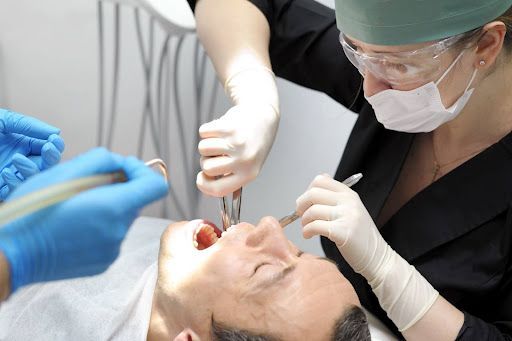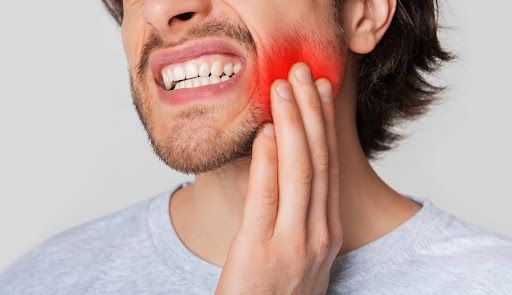Dental 911: What to do in a dental emergency
November 20, 2013
Whenever you hit your teeth there’s a chance for dental trauma. Any injury that affects your smile can be scary. The most important thing to do is to keep calm. With all dental emergencies, you should contact our Evanston dental office as soon as possible. The following are some tips for dental emergencies from our office and the American Dental Association:
Bitten Lip or Tongue
Clean the area gently with a cloth and apply cold compresses to reduce any swelling. Apply pressure to slow the bleeding. If the bleeding doesn’t stop, go to a hospital emergency room immediately. Contact your dental office after your emergency room visit if you have any concerns about your teeth.
Severely Broken Tooth (not chipped)
Rinse your mouth with warm water to clean the area. Use cold compresses on the area to keep any swelling down. You should expect to experience sensitivity. If there is bleeding it may mean that you have damaged the nerve of the tooth. Contact your dental office to see if the tooth needs to be repaired, or if it cannot be saved and needs to be removed.
Dislodged Crown
If there is no post sticking out of the crown, attempt to place it back on your tooth. You can get temporary dental cement from a local drug store to cement the crown back in place. Do not use commercial glue or super-glue. Avoid chewing on that side of your mouth and be careful when brushing around the tooth. Do not floss the tooth if you are able to replace it, as this may dislodge the crown again. Contact your dentist to have the crown permanently re-cemented.
Knocked Out Tooth (Permanent)
Hold the tooth by the crown and rinse off the root of the tooth in water if it’s dirty. Do not scrub it or remove any attached tissue fragments. If possible, gently insert and hold the tooth in its socket. If that isn’t possible, put the tooth in a cup of milk and get to your dentist as quickly as possible. Remember to take the tooth with you!
Knocked Out Tooth (Primary)
Similar to when a permanent tooth is knocked out, make sure you rinse off the root of the tooth in clean water. Do not scrub it or remove any attached tissue fragments. In this case Do not attempt to place the tooth back in its’ socket. Put the tooth in a cup of milk and head to your dental office as soon as possible.
Objects Caught Between Teeth
Try to gently remove the object with dental floss; avoid cutting the gums. You may use a floss threader to thread the floss between your teeth and pull away from your gums if necessary. Never use a sharp instrument to remove any object that is stuck between your teeth. If you can’t dislodge the object using dental floss, contact your dentist.
Toothache
Rinse your mouth with warm water to clean it out. Gently use dental floss or an interdental cleaner to ensure that there is no food or other debris caught between the teeth. Never put aspirin or any other painkiller against the gums near the aching tooth because it may burn the gum tissue. If the pain persists, contact your dentist. When you call your dental office, be prepared to describe the pain. Your dentist will want to know if it is a dull throbbing pain, or a sharp pain. They will also want to know if your tooth is sensitive to temperature, pressure, or sweets.
Dental emergencies can be intimidating, but they don’t have to be. Try remembering to remain calm. If you don’t have time to come back to our blog, remember to use cold and pressure to reduce swelling and contact your dentist.
The post Dental 911: What to do in a dental emergency appeared first on Stephens Dentistry.







